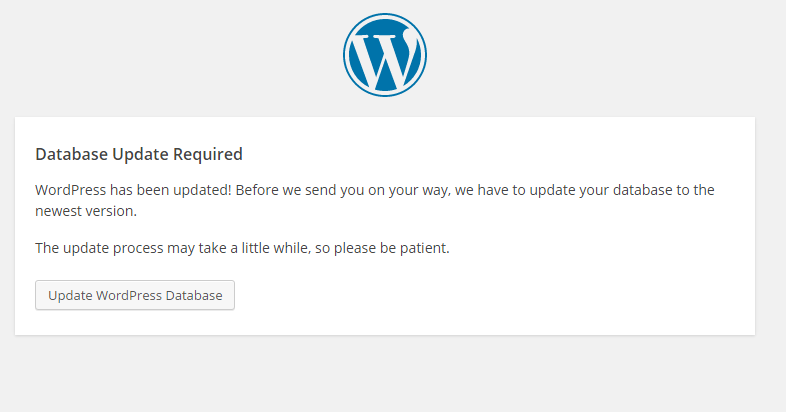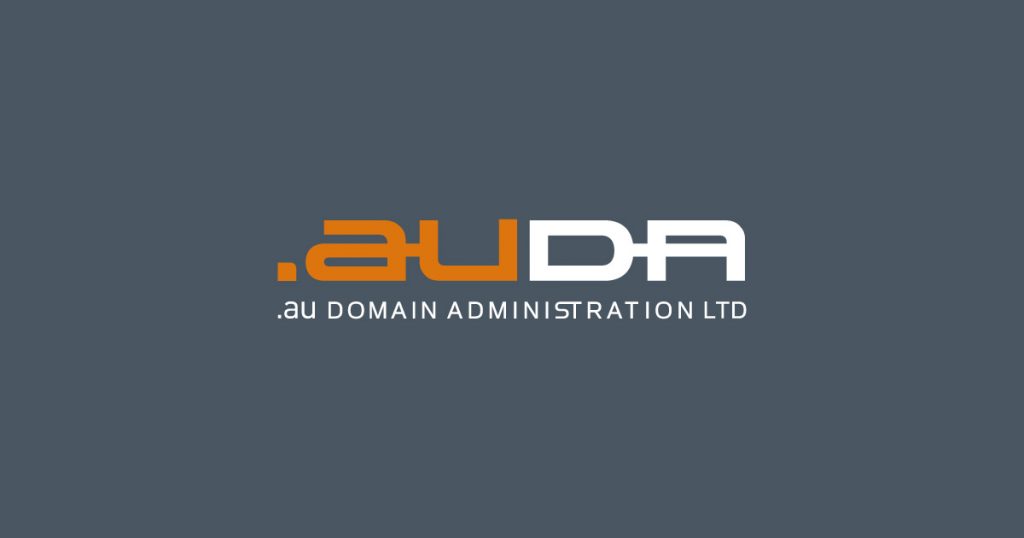What is Multifactor Authentication 2FA/MFA ?

2 Factor Authentication (2FA) provides another layer of security for your website. After completing your normal username and password, you will also be required to provide another factor of authentication. The most popular form of 2FA uses a software generated, time based, one-time passcode. This is often referred to as TOTP or a soft token. […]
How to force HTTPS Redirection – cPanel

After you install your SSL certificate, what happens when people are still going to your HTTP version of your site, rather than the secure HTTPS ?
How do you update WordPress?

When updates are available, you will be notified in the WordPress->Dashboard->Updates menu. You should always apply updates as soon as possible. You’re able to set WordPress to update itself automatically. If you’re doing it manually, ensure you have made a backup of the site and database. If you utilise automatic updates, ensure you have regular […]
Domain redemption, what is it and what to do ?

After about 40 days of your domain sitting in the ‘expired’ state, it will be deleted at the registry. Once the domain is deleted at the registry, the status of the domain changes to ‘Redemption’. Once your domain has reached the Redemption phase, it can only be renewed with the Registrar in which it expired […]
What is Hacking and how to best avoid being hacked?

Hackers are basically crooks that want to steal information from you, or manipulate your website to their advantage. They crack or hack the credentials of your site to obtain access to the backend where they are not supposed to be. Once there, depending on their motivation – anything is possible. · Insert unwanted links to […]
Can I have ID Protection available for .AU domain names?

ID protection is not available in the .au domains namespace. auDA (.au Domain Administration) does not allow ID protection on the .au domains. Unlike other gTLD domains (.com, .net), there is less information shown on a standard whois search for .au domains. Only the Registrant/Entity data is shown including ABN, ACN, Trademark, etc along with […]
What is DNS propagation and how long does it take to complete?

DNS propagation is the process of DNS settings (like nameservers) updating around the world. Each user’s browser will pick up changes at different time intervals based on the ISP they are with. Generally DNS is refreshed every 2-4 hours. A lot of hosting companies will advise that DNS propagation can take up to 48 hours. […]
What is DNS?

Think of DNS (Domain Name System) as the phone book of the internet. Humans read words, computers read numbers. So when we type into our web browsers things like www.blueoceanwebhosting.com.au, we can read it but computers cannot. To enable web browsers to load the correct page we are looking for, web browsers like Google Chrome […]
Updating Account Contact Details

If you forget your web hosting login credentials or you no longer have access to your email address that you used to sign up with, you can follow the below instructions to have your web hosting account updated and be able to login again. Forgot Password You can follow the ‘Forgot Password’ link here . […]
What SSL Certificate is right for me?

No matter what sort of website you maybe hosting, protecting and encrypting the date that is being sent and received over the internet has never been more important. What is a SSL (Secured Sockets Layer) Certificate? When a SLL Certificate is installed to your site, the SSL Certificate encrypts the data that your customers are […]

